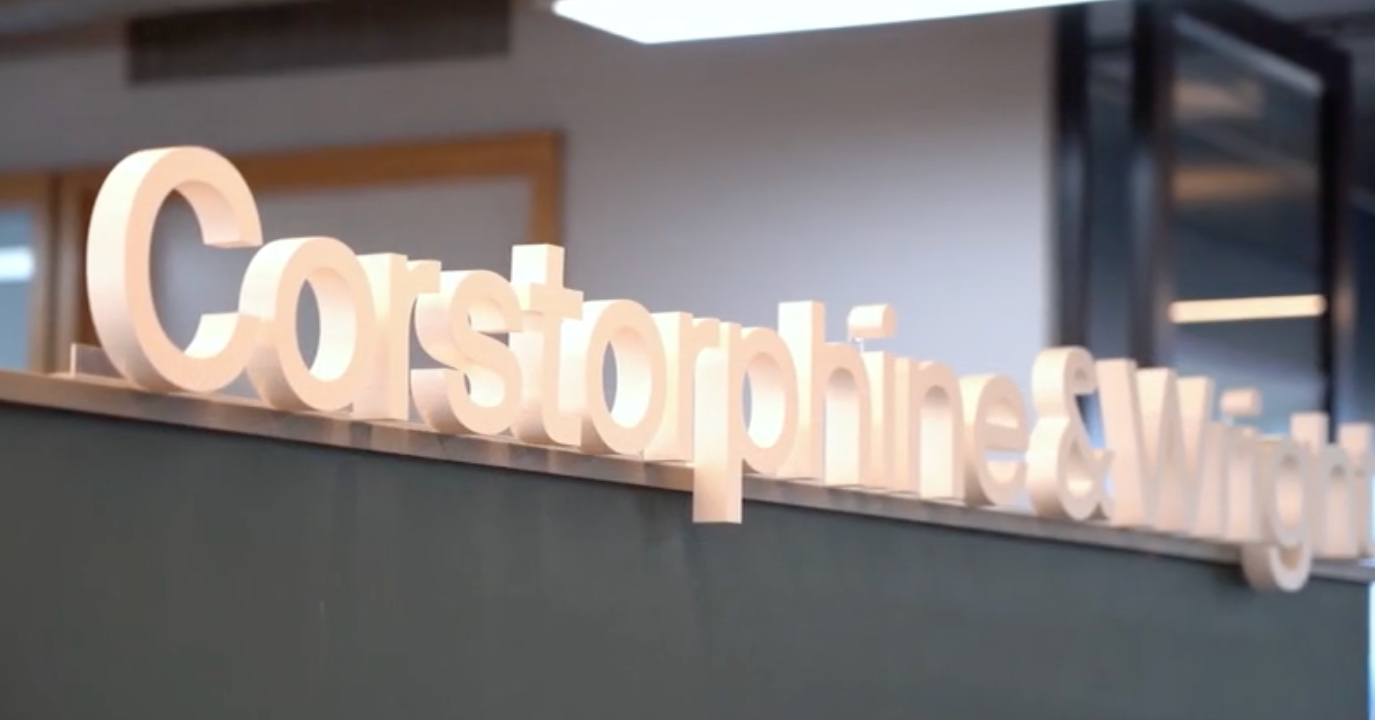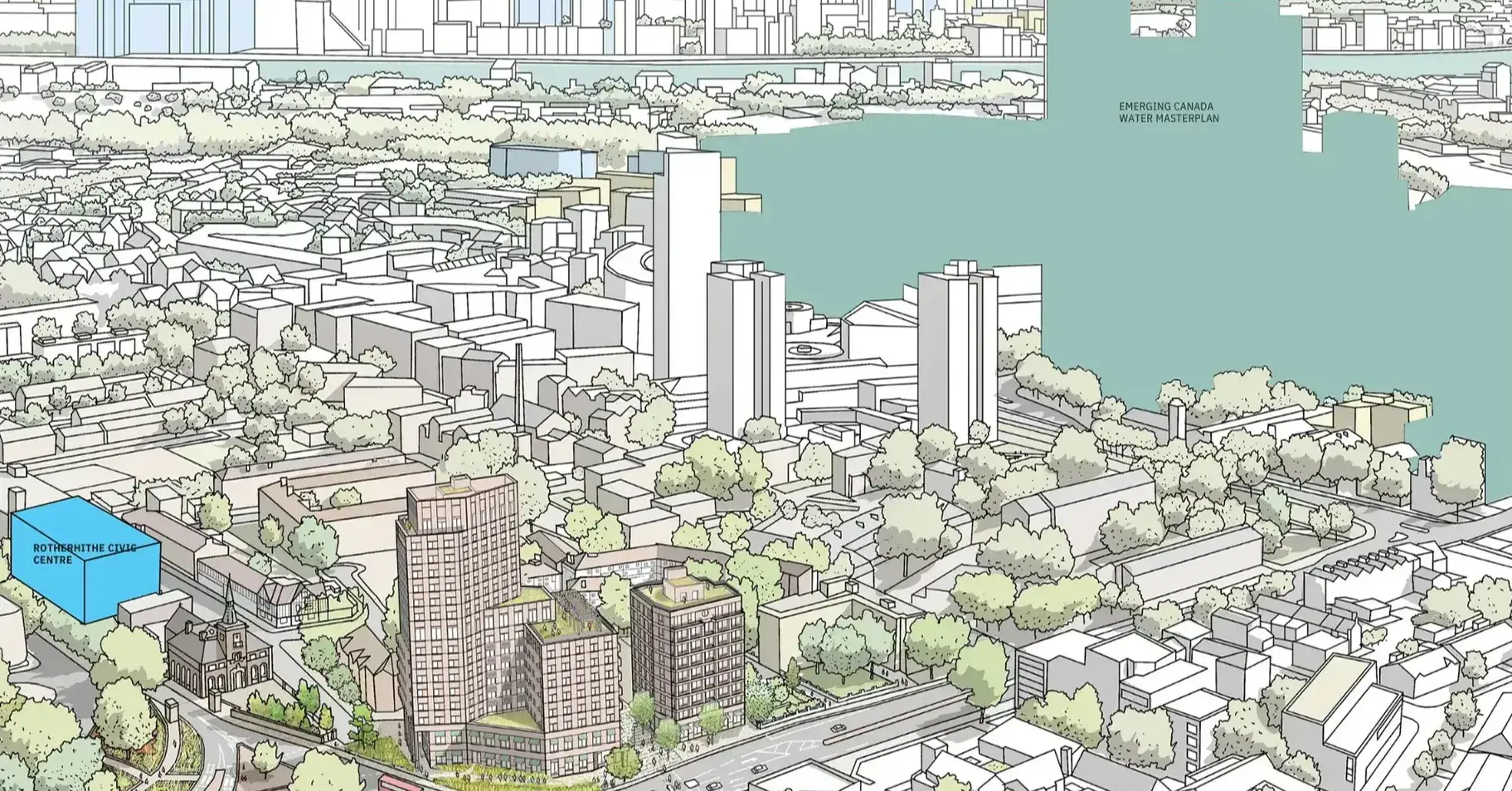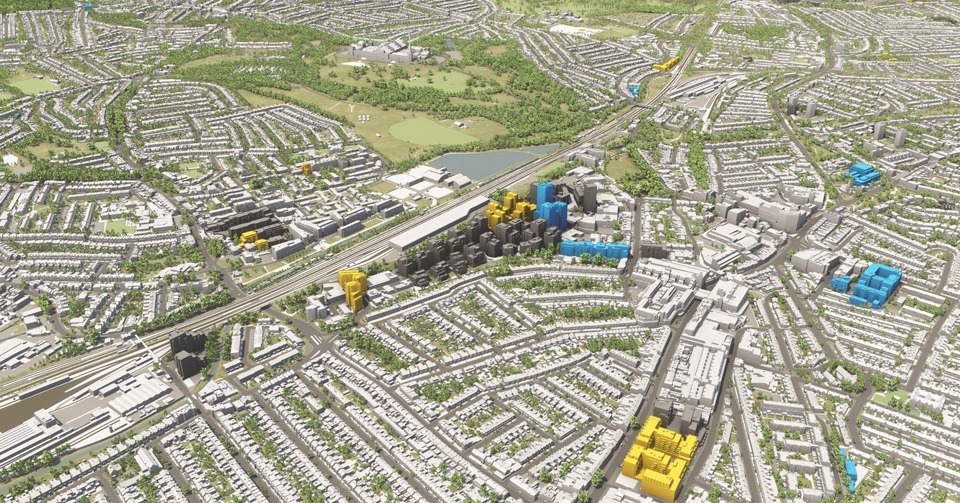Maximising Commercial Opportunities in a New Era of Housing Development

The first 100 days of a new government are often seen as a crucial period, providing a glimpse into the priorities and the pace at which changes will be implemented.
With Labour’s return to power after more than 14 years, there has been a notable urgency to address one of the UK’s most pressing issues: the housing crisis. Among their boldest pledges is the commitment to build 1.5 million homes within the next five years—a target that translates to 822 homes per day. Achieving this ambitious goal will require not only vast amounts of resources but also a radical shift in how we approach housing development and planning.
Labour’s housing pledge presents a significant commercial opportunity for developers, local authorities, and all associated industries. With billions of bricks and millions of cubic metres of concrete needed, the scale of this endeavour is staggering. However, the true potential lies not just in the volume of construction, but in the opportunities to innovate and redefine the housing landscape in the UK.
Technology’s Role in Streamlining Development
Current building trends indicate that traditional methods alone will not suffice to meet these targets. Embracing cutting-edge technologies is crucial to streamlining processes, minimising waste, and enhancing overall efficiency. This is an opportune moment for developers, architects and planners to capitalise on the growing demand for housing while also adopting practices that future-proof their projects against evolving market trends.
One of the most promising avenues is the integration of advanced 3D city modelling and data visualisation. By adopting these technologies, developers and local authorities can gain a comprehensive, real-time understanding of how new developments will impact their surroundings.
For instance, VU.CITY offers an immersive view of proposed changes, facilitating faster and more accurate planning. Our technology brings the future into focus, allowing stakeholders to visualise the impact of new developments in real time, considering everything from environmental effects to community integration. This not only accelerates the planning process but also ensures that projects are aligned with local needs and context, ultimately reducing the likelihood of costly delays and revisions.
The financial and time-saving advantages of utilising this technology in large-scale housing projects cannot be overstated. By integrating these technologies, developers can identify potential issues early in the planning stage, avoiding expensive reworks and ensuring that projects stay on schedule.
Moreover, the ability to simulate different scenarios through our technology, particularly with our SiteSolve software, allows for more precise resource allocation, optimising the use of materials and labour. By creating multiple development options based on specific site constraints, SiteSolve empowers developers, architects, planners, and local authorities to test scenarios, make informed adjustments, and choose the most viable path forward. This is particularly valuable for capacity studies, where understanding a site's potential is key.
Building Partnerships: The Power of Collaboration
In this new era of housing development, effective collaboration between stakeholders is more critical than ever. Labour's housing pledge is ambitious, and meeting its demands requires a concerted effort from developers, local authorities, architects, and the local community. VU.CITY is committed to facilitating these partnerships by providing a shared platform where all parties can work together seamlessly.
Our tools enable stakeholders to work together from the outset, aligning their goals and ensuring that every aspect of the development is carefully considered. This collaborative approach not only enhances the quality of the final product but also fosters trust and transparency, which are essential for long-term success in the housing market.
Future Trends: Navigating the Evolving Housing Landscape
As we look to the future, several emerging trends are set to shape the UK housing market. Modular construction and prefabrication are gaining traction as methods to deliver high-quality homes more quickly and efficiently. Simultaneously, the integration of smart home technologies and IoT is becoming increasingly important as residents demand more connected and sustainable living environments.
VU.CITY seeks to create and support these innovations by allowing our users to visualise and optimise projects within the broader context of the site whilst ensuring new developments are designed with the future in mind.
Conclusion: Seizing the Opportunity
The challenge is substantial, but so is the opportunity to shape the future of housing in the UK. By embracing new technologies and methodologies, we can not only meet the targets set by Labour but also set a new benchmark for how we approach urban development and planning in the years to come.
Claire Locke
Commercial Director, VU.CITY
VU.CITY Case Studies
See how leading built environment experts are using VU.CITY
Shape Tomorrow’s Cities, Today.
Begin Your Free Trial Now.

-1-1-1.png)


